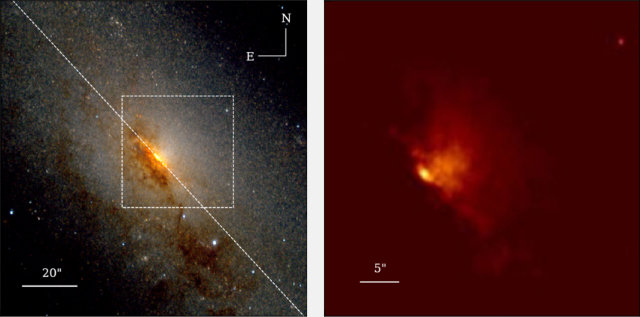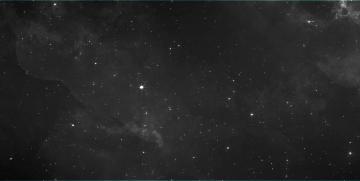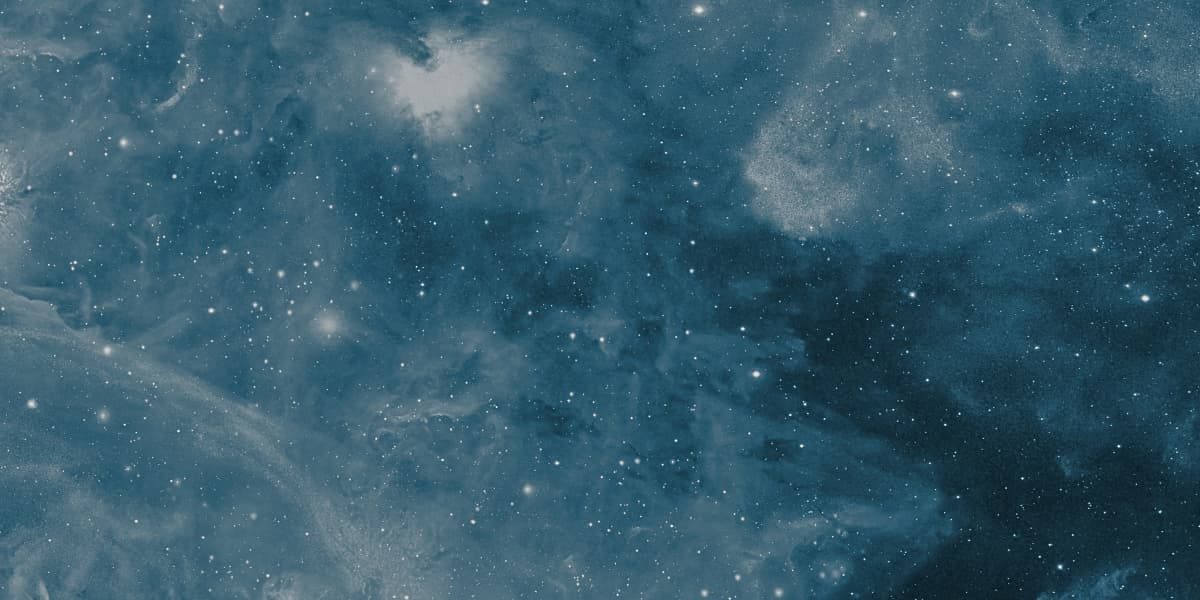Interestelar Medium
This area has two main lines of research:
– Planetary Nebulae: employ observations from Gemini, Casleo, and databases, focusing on the physics of nebulae, their evolution, and the characteristics of central stars.
– Protostellar Jets: Astrophysical jets are present in a wide variety of systems and play a crucial role in their evolution.
Key words: Planetary Nebulae – ISM: jets and outflows – radio continuum: ISM – radiation mechanisms – acceleration of particles– stars: formation – Herbig–Haro objects – Polarimetry – techniques: interferometric.

Highlight
Planetary Nebulae: The department has a strong background in the observation and processing of spectroscopic and photometric data, with expertise in optical and infrared integral field spectroscopy. This is facilitated by access to some of the world’s leading instruments through Argentina’s participation in the Gemini consortium, which comprises only five countries (USA, Argentina, Brazil, Canada, Korea, and Chile). This proyects are leaded by Walter Weidmann.
Networks: Instituto de Astronomía, Universidad Nacional Autónoma de México, Observatório do Valongo, Rio de Janeiro, Brasil, University of Tübingen, Germany.
Protostellar Jets: Our group (integrated by scientists from Argentina, Mexico, Italy, and Spain) leads pioneering research addressing the study of jets’ anatomy (e.g., launching, collimation, 3D structure of magnetic fields) and particle acceleration through cutting edge interferometric observations at radio frequencies (continuum, polarimetry, emission lines), which can subsequently be compared with theoretical models and numerical simulations. Adriana Rodriguez Kamenetzky is leading these projects.
Networks: Carlos Carrasco González, IRyA, Universidad Nacional Autónoma de México. Luis Felipe Rodríguez, IRyA, Universidad Nacional Autónoma de México. Alberto Sanna, INAF, Osservatorio Astronomico di Cagliari. José M. Torrelles, Institut de Ciències de l’Espai (ICE, CSIC), Barcelona, Spain.
Cover image: Nebulosa de la Mariposa – NASA, ESA y J. Kastner (RIT)

